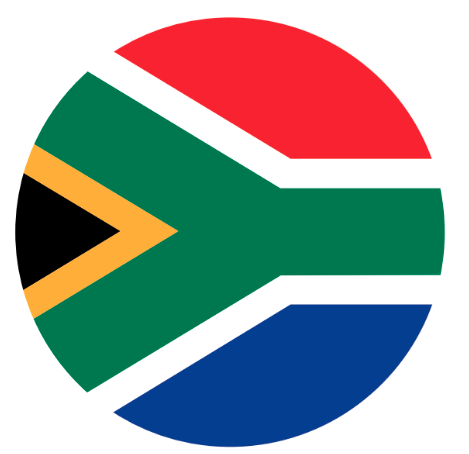She says resilient workplaces improve productivity, creativity and overall well-being.
In a world that values short-termism above long-term approaches, convincing management to embark on a resilience journey is not an easy sell. Speaking at the 2019 HR Indaba, Njabulo Sithole, the CEO of the Resilience Institute South Africa, said she is convinced that business results make it a worthwhile investment.
She said there are various factors in today’s world that place the average employee under increasing strain because people absorb huge amounts of information daily and the effect is often draining. Furthermore, people don’t work in a vacuum isolated from crime, high unemployment and societal challenges.
“Now more than ever, when facing a plethora of questions about the Fourth Industrial Revolution, we need to invest in the resilience of our organisations. A high-tech world demands high emotional intelligence from employees,” she said. "It’s not surprising then that employees feel that everything is a bit too much."
Trying to making sense of it all, CEOs refer to the VUCA (volatile, uncertain, complex and ambiguous) world as one that requires wellness programmes to support employees. But business leaders will always have valid questions regarding ROI, how well-utilised the wellness services are and if any positive behavioural changes (for example a reduction in absenteeism) can be seen as a result. They are often quick to change tack when they don't see early behaviour changes.
[chro-cta slug=]
Njabulo believes that it’s impossible for short-term interventions to result in lasting behaviour improvements. “Resilience is not a pill. True cultural changes in an organisation come from a commitment to laying a solid foundation."
The first step in this journey starts with an in-depth resilience diagnostic assessment to determine a company’s resilience levels. The assessment includes 60 key factors assessing an individual’s resilience. While each employee’s resilience status is kept confidential, management is able to assess resilience levels across the organisation. Here ‘resilience risks’ are weighed against ‘resilience strengths’.
Once assessed, the Resilience Institute prescribes workshops to develop better life skills, as well as an app that provides content and tools for employees to reach their personal resilience goals.
The Resilience Institute’s programme draws on the fields of psychology, cognitive behavioural science, and neuro plasticity. Njabulo believes that employees benefit hugely from understanding how they are designed and this is explained visually through the Institute’s Resilience Spiral.
While many see resilience as synonymous with the ability to bounce back quickly, Njabulo believes that recovery skills are only one part of the story. Their model describes four components to resilience: Bounce, which refers to mental toughness and the ability to recover from setbacks; Connect around how to demonstrate respect and care for others and nature; Grow the ability to embrace change and challenges; and Flow, which is about harnessing talents to achieve optimal performance.
Njabulo argued that the definition of resilience needs to be broadened to one that views the person holistically.
“Mindset is only one aspect of resilience. As stress is felt in the body, resilience is also about physical health. It has an emotional element as well as a spiritual element. We don’t reserve our souls for weekends and after hours. We take our souls to work each day,” she said.












